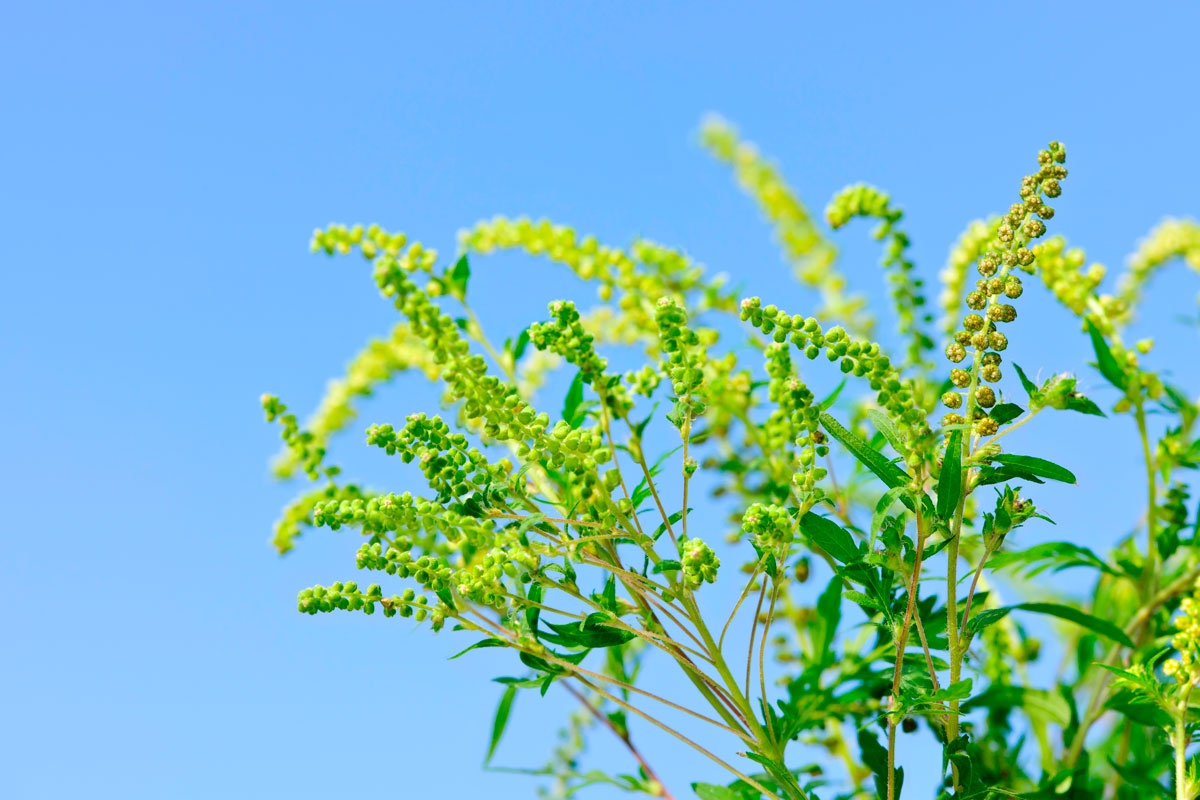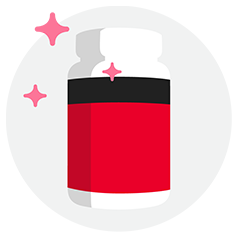Allergy season survival guide

If you are a spring allergy season sufferer, you know that it can be debilitating at times causing congestion, drowsiness, and interrupting your daily activities. But this year, it can be different. We’ve got a complete rundown on how to survive allergy symptoms so you can enjoy the colourful blooms and sights of the changing seasons.
What are allergies?
Allergies result from your immune system’s response to common substances such as pollen, pet dander, mold, perfume, and certain foods. Allergy symptoms can vary depending on the type of allergen. Allergic rhinitis, or hay fever, affects 1 in 5 Canadians and has symptoms similar to those of the common cold:
- Sneezing
- Runny nose
- Congestion
- Itchy eyes, nose, skin, and throat
- Tearing eyes
- Swelling
- Hives
The body’s attack response to allergens
Allergic reactions begin in your immune system. When an allergen, such as dust, mold, or pollen, enters the body of someone who is allergic to that substance, the immune system launches an attack. As part of this response, lymph node cells release the antibody immunoglobulin E (IgE). When allergens bind to IgE antibodies, white blood cells release immune response substances called histamines. Histamines stimulate sensory nerve endings to increase blood flow so the body can begin to heal, which causes uncomfortable symptoms like itching, runny nose, watery eyes, and inflammation. IgE antibodies can be picky, reacting to certain types of pollen but not others, which is why you’re most likely not allergic to all trees, grasses, etc.
As seasons change, so do allergies
The severity of your allergies can depend on the time of year and your location. Here are some tips, so you know what to look out for:
Spring – April and May
This time of year, tree pollen counts are at their highest because they are shedding airborne pollen, relying on the wind to reproduce. New seeds can only be produced when pollen is transferred from the male anther of a plant to the female stigma, and some plant species rely on wind and insects like bees and butterflies for this pollination process to take place. The worst offenders include ash, birch, and maple oak, with oak shedding more than all other plants.
If you’re in eastern Canada, the wet weather is a silver lining to those allergy clouds. This is because rain washes pollen from the air and inhibits pollen release from flowers that are waiting for drier weather.
Late Spring/Early Summer – June and July
Late spring brings with it grass allergies caused by Kentucky bluegrass, fescue, and other varieties. Grass pollination lasts longer than trees, so you may have symptoms for a more extended period but they won’t be as severe due to lower pollen counts.
Mid-Summer – July
It seems there’s an allergy for every season because now we are into the mid-summer molds! Allergic reactions can come from mold growing on rotting vegetation, in soil and compost, and in damp areas of your home such as carpets, window frames, and indoor plants. Mold spores can end up inside your nose, mouth, and throat, causing a reaction, along with those common allergy symptoms.
Late Summer – August to October
Late summer is the dreaded ragweed season, which surprisingly can be worse for city-dwellers. The yellow-flowering plant likes to grow in disturbed soil, and with the slightly warmer microclimate in cities, ragweed grows faster and larger in urban areas. Pollen produced sticks to airborne pollutants, increasing the likelihood of it entering our airways.

Treating seasonal allergies
There are lots of treatment options for surviving and thriving during allergy season.
Follow an anti-inflammatory diet
Eating the rainbow has never been more important than in the height of allergy season. Because your body is going through a healing response, which includes inflammatory symptoms such as redness and swelling, you want to counteract this by consuming foods that are anti-inflammatory. Enjoy foods that are high in nutrients, healthy fats, and antioxidants such as:
- Fatty fish, like salmon and sardines – an excellent source of anti-inflammatory omega-3 fatty acids
- Berries like blueberries, raspberries, strawberries, blackberries, and cherries – contain antioxidants called anthocyanins, with anti-inflammatory effects
- Dark leafy greens, like kale, spinach, swiss chard, and arugula – rich in vitamins K, A, E, C, magnesium, and potassium
- Cruciferous vegetables, like broccoli, Brussel sprouts, cabbage, and cauliflower – rich in vitamins C, K, A, folate, and dietary fibre
- Legumes, nuts, and seeds – rich in omega-3s, vitamin E, manganese, copper, and phosphorus
- Olive oil – source of monosaturated fats, reducing cellular damage and inflammation
- Whole grains – rich in phytonutrients like ferulic and caffeic acids, saponins, and lignans with potent antioxidant activity
Take dietary supplements
Supplemental support can help with allergy symptoms.
Upping vitamin C intake is a highly effective way to reduce inflammation and oxidative stress while supporting your immune system and overall health. Vitamin C can be taken in supplement form during peak allergy seasons and all-year-round for immune health, wound healing, and connective tissue formation.
A high-quality source of omega-3 fatty acids can help to reduce C reactive protein levels, a clinical marker of inflammation.
Know your environmental triggers
Along with making changes to your diet and nutrition routine, there are also measures you can take within your immediate environment to reduce the chances of allergic reactions.
- Track the pollen count in your area and stay indoors when it’s highest.
- Keep the windows closed in your home and car and turn on the air conditioning to block pollutants and filter the air. Be sure to clean your filters every couple of months.
- Shower before bed to remove pollen from hair and face.
- Try nasal irrigation with a neti pot. Rinse your nasal passages with a saline solution twice per day.
- Install a HEPA filter in your home.
- Remove surfaces where allergens can easily collect, such as carpets, blankets, and throw pillows.
- Make your bedroom as allergy-free as possible using a plastic mattress cover, installing an air purifier and washing blankets, sheets, and pillowcases weekly in hot water.
- Have a look around the house for any areas with constant moisture, resulting in black mold growth. Use a dehumidifier and clean these areas regularly.
These are the best ways to treat the root cause of allergic reactions. Start by implementing one treatment method and go from there. You’ve got this. It’s time to breathe easy.
Sources:
Allergies and Asthma, Asthma Canada
Allergies and the Immune System, Johns Hopkins
Role of Histamine in Acute Inflammation, Journal of Pharmaceuticals Sciences and Research
The Four Seasons of Hay Fever, CBC News
The Encyclopedia of Natural Medicine, Murray & Pizzorno, 2012
What Are Allergies? Symptoms, Causes, Diagnosis, Treatment, and Prevention






